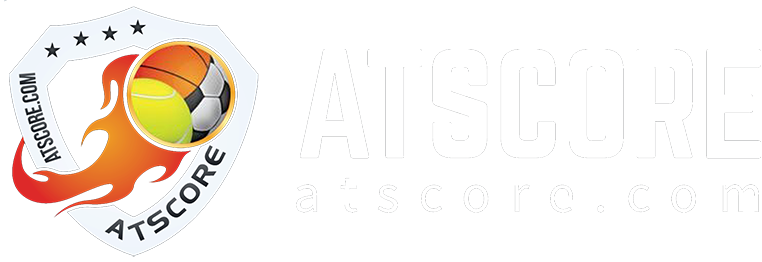The recent early exit of the US Men’s National Team (USMNT) from the 2024 Copa América has once again brought the spotlight on a contentious issue in American soccer: the pay-to-play model. As the dust settles from head coach Gregg Berhalter’s dismissal, experts argue that the root of US Soccer’s struggles lies deeper than coaching – it’s embedded in how young players are developed.
The Pay-to-Play Conundrum
At the heart of the debate is the pay-to-play system dominating youth soccer in America. This model, requiring families to invest thousands of dollars annually for their children to participate in organized soccer, has long been a staple of US youth sports. However, its impact on player development and talent identification is increasingly questioned.
Dr. Emma Rodriguez, a sports sociologist at UC Berkeley, notes, “The pay-to-play model potentially excludes a vast pool of talent from entering the soccer pipeline. When you create financial barriers to entry, you’re limiting your talent pool to those who can afford it.”
In states like California, annual fees for competitive youth clubs can range from $1,000 to $10,000. These costs cover coaching, administration, travel, and tournament fees – putting organized soccer out of reach for many American families.
Access and Diversity Concerns
The financial barrier’s impact is evident in youth soccer participation demographics. A 2018 study found that over 70% of children in pay-to-play soccer programs came from households earning more than $50,000 annually, with a third from families making over $100,000.
This economic divide becomes more pronounced when considering racial and ethnic disparities in household income. Census data shows the median income for Hispanic households in 2018 was $51,404, while for Black households, it was just $41,511, suggesting the current system may disproportionately exclude minority communities from high-level soccer training.
International Perspectives
The pay-to-play model contrasts sharply with talent development in soccer powerhouses like Brazil, Spain, and Germany, where the sport is often learned for free in streets, parks, and community clubs.
FIFA President Gianni Infantino recently criticized the US approach, stating, “One of the things which shocked me here in America is that children have to pay in order to play. We have to stop this.”
Potential Solutions
Anthony Hudson, former USMNT assistant coach, suggests a hybrid solution combining private funding from local businesses with national subsidies, similar to England’s model where the government, Premier League, and Football Association jointly invest over $1 billion annually in grassroots soccer.
Looking Ahead: Impact on Performance and Betting Markets
As the United States prepares to co-host the 2026 FIFA World Cup, addressing the pay-to-play issue is crucial for long-term success. Sports economist Dr. James Carter emphasizes, “It’s not just about finding the best players for the national team; it’s about creating a robust, inclusive soccer culture that can sustain success for generations.”
The challenge now lies with US Soccer and Major League Soccer (MLS) to reform youth development. Proposals include creating state-specific guidelines, fostering community-led initiatives, and exploring ways to subsidize participation costs.
The outcome of these efforts could have far-reaching implications, not just for on-field performance but also for the betting markets. As the USMNT’s performance fluctuates, so too does its standing in international soccer betting odds. A more inclusive development system could lead to stronger national teams, potentially shifting the USMNT’s position in global soccer betting markets. For those interested in the intersection of soccer development and sports betting, further analysis on how structural changes in US soccer could impact betting markets provides valuable insights.
The future of American soccer may well depend on its ability to break down the financial barriers currently limiting access to the sport. As the debate continues, stakeholders across the board – from players and coaches to fans and bettors – will be watching closely to see how US Soccer rises to this challenge.

 at
at 








